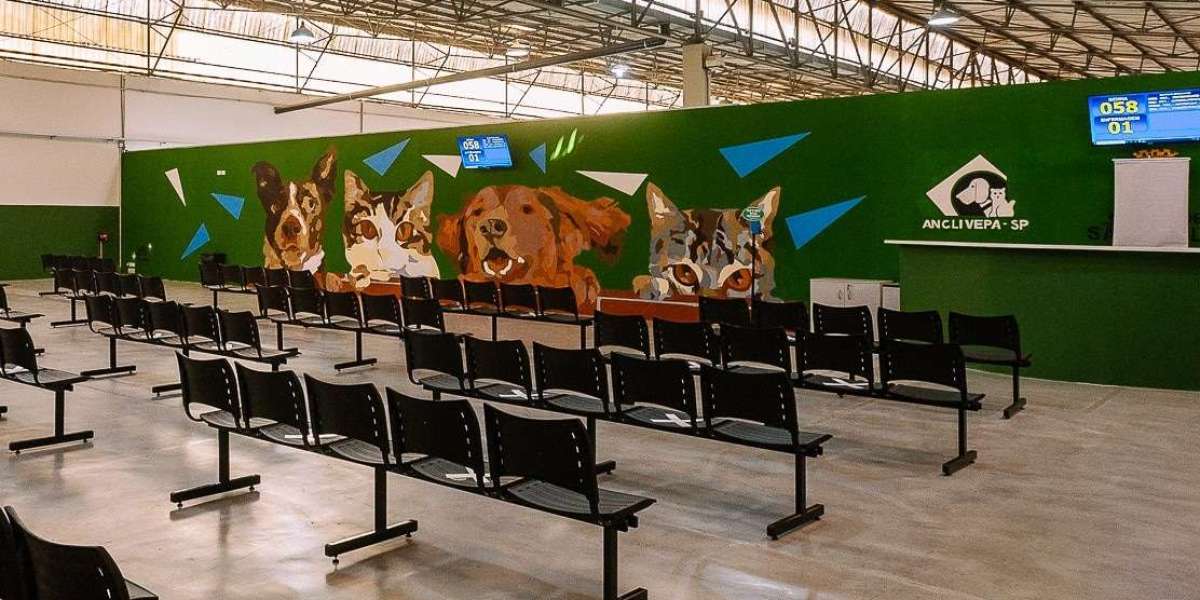In today’s rapidly changing world, sustainability is more than a trend—it’s a necessity. As cities grow and environmental concerns mount, sustainable housing developments are becoming the cornerstone of modern urban planning. These eco-friendly communities aim to reduce carbon footprints, conserve natural resources, and provide healthier living environments.
Let’s dive into what makes sustainable housing a game changer, and how it's transforming the way we live.
? What is a Sustainable Housing Development?
A sustainable housing development is a community or residential area that is designed with environmental, economic, and social sustainability in mind. This means:
Using energy-efficient technologies
Incorporating renewable energy like solar or wind
Building with eco-friendly materials
Encouraging green transportation (like biking, walking, or electric vehicles)
Preserving green spaces and water resources
The ultimate goal? Create homes that are healthier for residents and the planet—both now and for generations to come.
? Key Features of Sustainable Housing
Sustainable housing is not just about saving energy. It touches every part of how a home is built and lived in. Here are some of the key elements:
1. Green Building Materials
Eco-conscious developers use recycled, local, or sustainable materials—like bamboo, reclaimed wood, or recycled steel—to minimize environmental impact.
2. Energy Efficiency
Homes are designed to consume less energy. Think:
LED lighting
Smart thermostats
Double-glazed windows
Proper insulation
Some communities even aim for net-zero energy, where the amount of energy used is equal to the amount produced onsite.
3. Water Conservation
Sustainable homes use:
Low-flow faucets and toilets
Rainwater harvesting systems
Drought-tolerant landscaping
4. Smart Design
Strategic positioning of windows, green roofs, and passive solar design reduces the need for heating and cooling, cutting down energy use naturally.
5. Waste Reduction
From construction to daily living, reducing waste is a priority. Many developments offer composting stations and encourage residents to recycle responsibly.
? Why Sustainable Housing Matters
You might wonder, “Why is this so important?” Here’s why sustainable housing developments are the future:
✔️ Reduced Environmental Impact
Buildings contribute to 40% of global CO₂ emissions. Sustainable housing cuts this drastically through better construction and design choices.
✔️ Long-Term Savings
Eco-friendly homes often have lower utility bills, thanks to energy-efficient appliances and smart systems.
✔️ Healthier Living
Cleaner air, more green spaces, and fewer toxins mean better health for you and your family.
✔️ Increased Property Value
Green-certified homes tend to sell faster and for more money. Sustainability is now a sought-after feature.
?️ Real-World Examples of Sustainable Developments
Across the world, innovative communities are setting the bar high:
? Vauban, Germany
A car-free neighborhood that runs almost entirely on renewable energy, with homes made from eco-friendly materials.
? BedZED, UK
The Beddington Zero Energy Development is one of the UK’s best-known green communities, using solar power and a biomass energy system.
? Auroville, India
A sustainable township in Tamil Nadu that combines ecological construction, reforestation, and community farming.
These examples show what’s possible when sustainability is the core focus.
? How Can You Support Sustainable Housing?
You don’t need to build an eco-town from scratch to make a difference. Here’s how you can contribute:
Choose eco-friendly appliances when renovating
Install solar panels or invest in green energy providers
Support developers and builders who follow green building standards
Join or start a community garden
Advocate for sustainable zoning policies in your city
Every small step helps create a greener future.
? Final Thoughts
Sustainable housing developments aren’t just the future—they’re happening now. They offer a smarter, healthier, and more eco-conscious way to live. As climate change accelerates, these green communities are proving that we can build homes that not only support our lifestyles but also support the Earth.
Important Links
What Is Option to Purchase in Singapore
Resale Levy for Second-Time HDB Buyer
Minimum Occupation Period HDB Explained: What Every Homebuyer in Singapore Should Know
Singapore Freehold vs Leasehold Property Value






